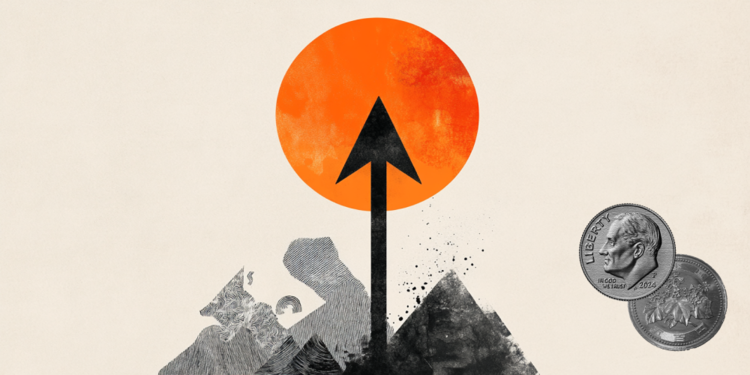- USD/JPY surges above 148.20 as the 90-day pause in US-China tariffs has strengthened the US Dollar.
- The US and China have lowered tariffs by 115%, but the 20% fentanyl levy on Beijing is still intact.
- The US-China trade truce has diminished the safe-haven demand for the Japanese yen.
The USD/JPY pair soars above 148.20 during European trading hours on Monday, the highest level seen in a month. The asset strengthens as the United States (US) and China have agreed to a 90-day truce after a two-day meeting in Switzerland over the weekend.
In a joint statement, the US and China have announced that they have lowered tariffs by 115%. The Washington reported that import duties on Beijing still have the 20% fentanyl levy, but have assured that there have been “constructive discussions” to resolve the same.
Signs of an averted Sino-US trade war have strengthened the US Dollar (USD). The US Dollar Index (DXY), which tracks the Greenback’s value against six major currencies, surges to near 101.80, the highest level seen in a month.
In April, investors liquidated positions in the US Dollar and US assets heavily after President Donald Trump imposed reciprocal tariffs.
The next trigger for the US Dollar is the US Consumer Price Index (CPI) data for April, which will be published on Tuesday. The impact of the inflation data is expected to be limited, unless it diverges significantly from the consensus, as the Federal Reserve (Fed) is more focused on consumer inflation expectations, which have elevated due to the announcement of new economic policies by US President Trump. However, increased confidence in the US-China trade truce is expected to diminish inflation projections.
Meanwhile, the Japanese Yen (JPY) underperforms across the board as positive outcomes from US-China trade talks have diminished its safe-haven demand significantly. In the domestic region, investors seek fresh cues on when the Bank of Japan (BoJ) will raise interest rates this year.
US Dollar FAQs
The US Dollar (USD) is the official currency of the United States of America, and the ‘de facto’ currency of a significant number of other countries where it is found in circulation alongside local notes. It is the most heavily traded currency in the world, accounting for over 88% of all global foreign exchange turnover, or an average of $6.6 trillion in transactions per day, according to data from 2022.
Following the second world war, the USD took over from the British Pound as the world’s reserve currency. For most of its history, the US Dollar was backed by Gold, until the Bretton Woods Agreement in 1971 when the Gold Standard went away.
The most important single factor impacting on the value of the US Dollar is monetary policy, which is shaped by the Federal Reserve (Fed). The Fed has two mandates: to achieve price stability (control inflation) and foster full employment. Its primary tool to achieve these two goals is by adjusting interest rates.
When prices are rising too quickly and inflation is above the Fed’s 2% target, the Fed will raise rates, which helps the USD value. When inflation falls below 2% or the Unemployment Rate is too high, the Fed may lower interest rates, which weighs on the Greenback.
In extreme situations, the Federal Reserve can also print more Dollars and enact quantitative easing (QE). QE is the process by which the Fed substantially increases the flow of credit in a stuck financial system.
It is a non-standard policy measure used when credit has dried up because banks will not lend to each other (out of the fear of counterparty default). It is a last resort when simply lowering interest rates is unlikely to achieve the necessary result. It was the Fed’s weapon of choice to combat the credit crunch that occurred during the Great Financial Crisis in 2008. It involves the Fed printing more Dollars and using them to buy US government bonds predominantly from financial institutions. QE usually leads to a weaker US Dollar.
Quantitative tightening (QT) is the reverse process whereby the Federal Reserve stops buying bonds from financial institutions and does not reinvest the principal from the bonds it holds maturing in new purchases. It is usually positive for the US Dollar.

